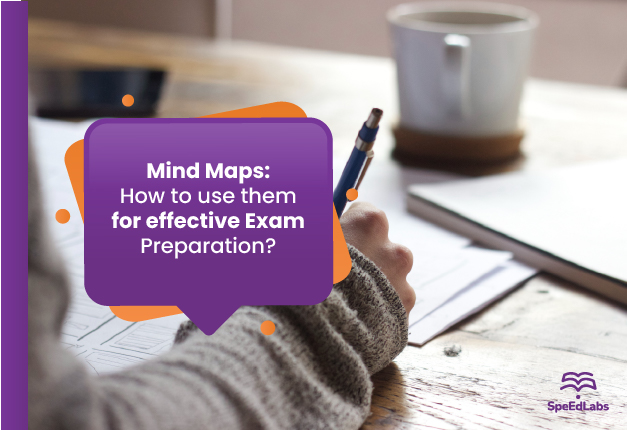You are simply transcribing whether you handwrite your notes on paper or type them into your computer. You do not consider what you read or hear; you do not put it together in the way your brain needs to remember it. You are not paying attention to the topic when you are writing or typing quickly because writing or typing quickly takes up the majority of your concentration.
Furthermore, when someone is speaking, you cannot write as quickly or as simultaneously as you can when you are writing. Mind maps can be useful in this situation. The advantages of students using mind maps for exam preparation are discussed in this discussion.
Mind Maps: What Exactly Are They?
Mind mapping is a method for taking and making notes, as well as assisting your brain to remember better because you work in a way that helps your brain rather than getting in its way. You should use mind maps when you are first learning, but you can also use them later. A blank sheet of paper and a pencil or pen is required.
The idea is that you are doing something visual while also using your kinaesthetic senses. You are considering what you are doing as you go.
For a long time, humans have used diagrams as information representations.
How Do You Make a Mind Map?
A mind map begins in the centre and expands radially. You write the topic of your mind map in the centre. It could be the name of someone you are listening to, such as your teacher, or the title of a book. It could be a question that you try to think of. Then you continue in free form, writing only what is important to you.
- Even if they are based on the same topic or lecture, each person’s mind map is unique. What you want to remember will be different from what someone else wants to remember.
In a mind map, you do not write whole sentences or paragraphs; instead, you write a few phrases that you can build on in your head. Do we have a memory for paragraphs? No! We remember images, key concepts, and connections between what we are learning and what we already know.
- A mind map is a simple diagram. Your mind maps can only be understood or comprehended by you because only you are familiar with the chain of thought they elicit.
How Do I Make/Create a Mind Map?
- Take a piece of paper and turn it horizontally. The benefit of keeping it horizontal is that most of the words face the way we usually read them when reading or writing.
- It is best if the paper is not ruled. However, do not worry if we cannot find a piece of paper without lines. Place it horizontally and do not worry about the lines.
- In the middle, write the topic of your studies or a chapter.
- Then, as you go around the circle, write down the keywords or phrases that you associate with it. It does not matter what you write. There are no guidelines to adhere to. When you revisit the mind maps during your reviewing sessions, it should prompt a thought process in your mind that allows you to quickly review the entire topic.
- Using different coloured inks to write the different parts of the mind map would be beneficial.
- It will make your mind map more accessible, appealing to the eye, and easier to read in the future.
- If you finish a mind map for a topic and then go to another lecture or read about the topic from another source, you can go back to your mind map and add the new information.
The Benefits of Exam Preparation with Mind Maps
- When it comes to taking notes, a mind map is an excellent tool. It assists you in quickly capturing a large amount of data. This is because you do not write the entire topic; rather, you write specific pointers or keywords that will elicit your thought process when you return to the mind map later. A mind map of average size takes about 10-15 minutes to complete.
- A mind map saves you time because it is compact. Because you have only written the keywords or short phrases that trigger the larger ideas, you must remember all of the information on one page.
- A mind map teaches you to pay attention by requiring you to read or listen carefully for key points and only write what is important. You are not simply documenting an important topic when you read it to create a mind map around it. You are constantly considering how the various aspects of it fit together, as well as how you will remember them.
- It aids in the learning of new concepts and the development of connections between new and existing ideas. This allows you to gain a deeper understanding of a topic that is unfamiliar to you.
- Learning with a mind map is a lot of fun. It allows students to be creative with their note-taking methods, preventing boredom during lectures. Mind maps ensure the active, interesting, and efficient learning process.
- The mind map is adaptable. Even if you miss the point, you can add it to your mind map later. You do not have to rewrite the entire topic because you learned something new.
Mind maps can be used to learn topics in any subject, including Science, Math, and English.
In today’s era, with increasing course syllabi and exams becoming more competitive, it is critical to learn new strategies for learning academic material faster. If you have never heard of mind mapping or its advantages, please share this blog with someone you care about who is studying for exams. Continue to work hard and you will achieve your goal score!
Also published on Medium.
